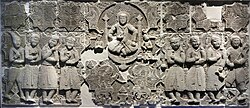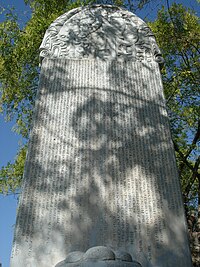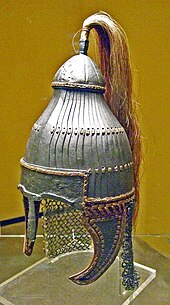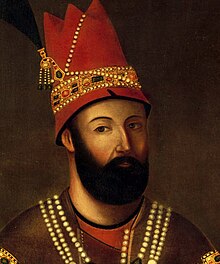Turkic history
(Tokhara Yabghus, Turk Shahis) Turkic history is the systematic documentation and study of events involving the Turkic peoples.
However, it is predicted that Proto-Turkic populations have inhabited regions that they could have the lifestyle of Eurasian equestrian pastoral nomadic culture.
[1] Türk was first used as a political identity in history during the Göktürk Khaganate period.
The history of all people that emerged in Eurasia and North Africa has been affected by the movements of the Turks to some degree.
Their own religion became the pioneer and defender of the foreign religions they adopted after Tengrism, and they helped their spread and development (Manichaeism, Judaism, Buddhism, Orthodox, Nestorian Christianity and Islam).















